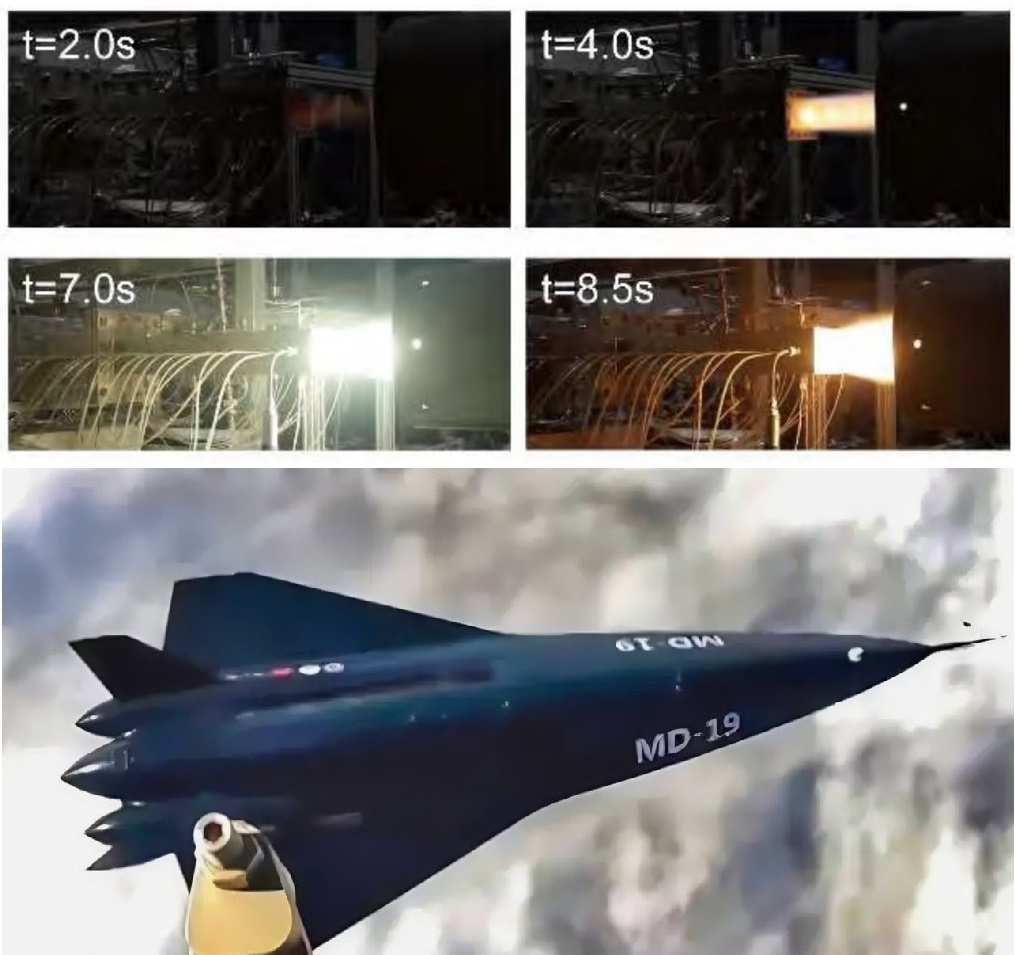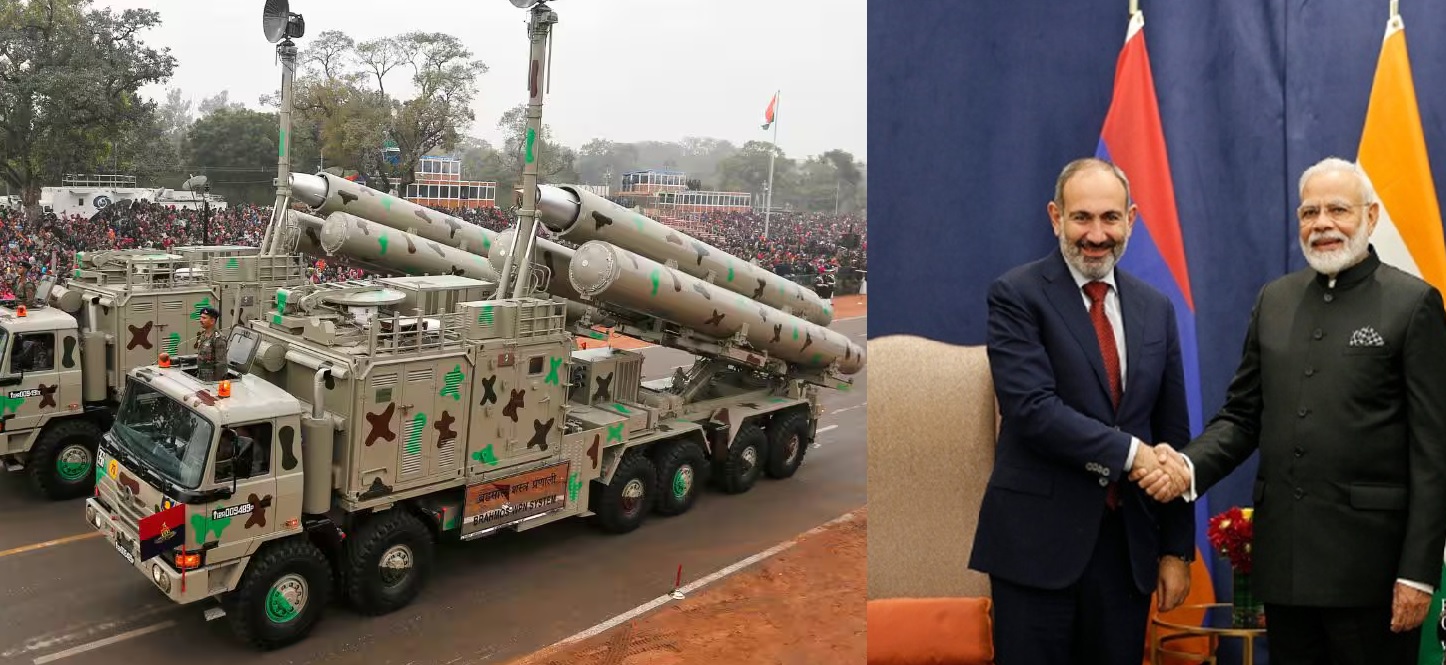Blogger Claims Il-76 Cargo Plane Shot Down in Sudan Was Recently Purchased from Kyrgyzstan for $12 Million

According to the well-known Russian milblogger Fighterbomber, who maintains extensive connections within the Russian Air Force, an Ilyushin Il-76 cargo plane was shot down in Sudan on November 4 by the Rapid Support Forces (RSF). He claimed the aircraft had been purchased in Kyrgyzstan about six weeks earlier for around $12 million, and that it was being operated by a Russian crew under a commercial contract.
Fighterbomber stated that the Il-76 was part of a logistical operation supporting Sudan’s national forces and had been conducting supply flights into contested areas when it was struck by RSF air defenses near El Fasher in the Darfur region. His post described the incident as a “serious loss” and hinted that the Russian crew members were killed. While the blogger’s information often aligns with Russian military developments, no official confirmation has come from Moscow.
Open-source information appears to support parts of his account. An Il-76 transport aircraft, previously registered in Kyrgyzstan under EX-76011, was deregistered in January 2024 and later transferred to Sudanese control. The aircraft was operated by a Kyrgyz company called New Way Cargo, which had a history of chartering planes for missions across Africa and the Middle East. After its deregistration, it flew routes between Chad, Libya, and Sudan, indicating involvement in regional logistics or possibly military support operations.
Multiple sources in Sudan confirm that the Il-76 was being used by the Sudanese Armed Forces (SAF) to transport supplies, weapons, or humanitarian cargo to troops surrounded by RSF fighters in the west. RSF units, equipped with captured anti-air systems, reportedly fired at the plane as it approached an airstrip under government control. The wreckage, shown in RSF video footage, displayed Russian-language documents and identification papers linking the aircraft to its former Kyrgyz registry. Unverified clips circulated online showed items allegedly belonging to Russian nationals, suggesting that the crew might indeed have been Russian contractors or ex-military pilots.
The Kyrgyz aviation authority confirmed that the aircraft had been sold earlier in the year, stating that it “no longer had any link to Kyrgyzstan.” According to market estimates, an Il-76 in similar condition could indeed be worth around $10–12 million, consistent with Fighterbomber’s claim. However, the exact nature of the sale, the buyer’s identity, and whether Russia had any operational control over the aircraft remain uncertain.
The Russian government has remained silent on the matter, but the incident fits a broader pattern of Russian logistical involvement in African conflicts. Sudan, long a recipient of Russian defense cooperation, has seen an uptick in covert air operations since the outbreak of its civil war in 2023. Moscow has been seeking to deepen its presence in the region, including the establishment of a naval facility at Port Sudan, while Russian private contractors have maintained ties with both the Sudanese army and rival militias over the years.
The shoot-down of the Il-76 underscores the increasingly international nature of the Sudanese conflict. Aircraft sourced from Central Asia, crewed by foreign contractors, and operated in African war zones highlight the blurred lines between state and private military operations. Whether the plane was conducting official resupply missions for Sudan’s army or acting under private Russian arrangements remains unclear.
For now, much of the information rests on the testimony of Fighterbomber and scattered documentation from the wreckage. But what is certain is that another Soviet-built cargo aircraft, sold on the global gray market, has become a casualty of Sudan’s civil war—a stark reminder of how Cold War-era hardware and modern mercenary logistics continue to shape twenty-first-century battlefields.
✍️ This article is written by the team of The Defense News.






